Premium Only Content
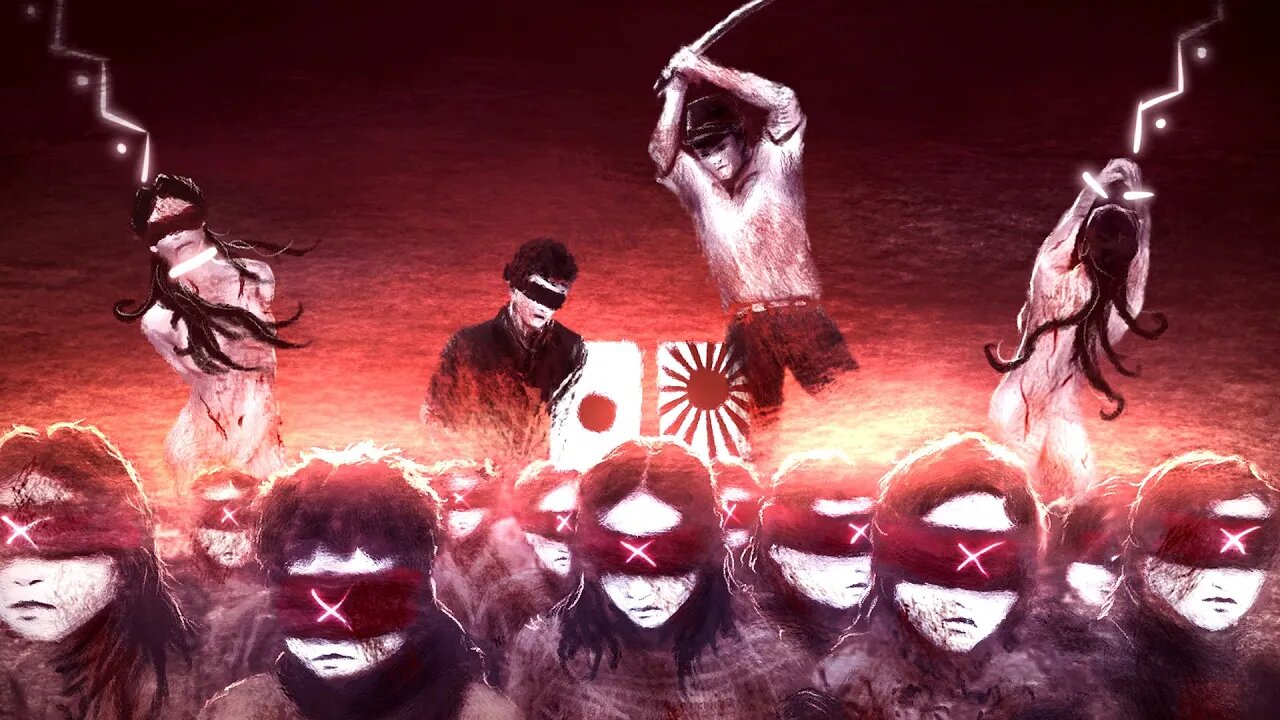
The Unspeakable Things That Happened At The "Nanking" Event
Check out G2A.com here:: https://www.g2a.com/n/reflink-72989b8638
From 1603-1854, Japan was a closed country. No one could leave the country, and foreigners were limited to a small port near Hiroshima. So when the American naval officer Matthew C. Perry forced Japan to open to trade and diplomacy with the outside world, the country was two hundred years behind the rest of the world economically, technologically, and militarily. Over the next forty to fifty years, however, Japan transformed itself from a feudal society governed by an outdated warrior class to a regional power.
In 1896, the Japanese defeated China in the First Sino-Japanese War over influence in Korea. Japan also won the island of Taiwan and several other concessions in Chinese cities, which essentially put the Japanese in control of small parts of China. However, Japan was not alone in this: by 1900, China was a weak, corrupt and divided power, and along with the English, French, Germans, Russians, and Americans, all had areas of China that were, if not under their direct control, were heavily influenced by them.
In 1904-1905, Japan won a stunning victory over the Russian Empire. This war, too, was over influence in Korea, which also bordered Russia. With this victory, Japan gained control of Korea and took over Russian interests in northern China.
In the 1920s and 30s, many internal and external factors led to the Japanese military's increased power over its civilian government. Moreover, by the second half of the 1930s, the Japanese military government had established almost total control over the government, the economy, and Japanese society. Added to that was the idea that the Japanese culture and people were superior to all others, especially to China and the Chinese, with which Japan had a love-hate relationship for centuries.
In 1931, the Japanese army provoked an “incident” in Manchuria, today a part of China, but then a sort of an autonomous territory governed by Chinese military “warlords.” This was what we now call a “false flag” operation which ostensibly gave the Japanese an excuse to invade and take over resource-rich Manchuria.
Population Estimates
As you listen to what we're about to tell you, remember that in 1937, China, outside of the main cities, and even within them to a large degree, was governed by a notoriously corrupt, fractured, and inefficient government, nominally ruled over by Generalissimo Chiang Kai-shek. Though Chiang's Kuomintang or “Nationalist” government controlled most of the cities in China, especially in the west, much of the rest of the country was ruled either by the communists under Mao Zedong or an assortment of warlords, who ran large parts of the country as their personal empire. We say this because there has been much debate in China, Japan, and the rest of the world about the number of people in Nanking before the Japanese arrived and the number that remained after the atrocities that were about to begin ceased. Census taking in China was almost non-existent then, and many reports about population were wrong because people avoided being counted – that could be used for tax and other purposes. Files that did exist were irregularly kept and updated. Additionally, many people who lived in Nanking before the war fled as the Japanese approached, and others, refugees fleeing the enemy, moved into the city for safety. A large number of Chinese soldiers retreating from the Japanese advance to set up the city's defense also increased the population of Nanking.
Estimates of the population of Nanking before the Japanese arrived range from about 200,000 to a half-million or more.
#nanking #ww2 #history #nankingjapan #japanww2 #japanhistory
DISCLAIMER: All materials in these videos are used for entertainment purposes and fall within the guidelines of fair use. No copyright infringement intended. If you are, or represent, the copyright owner of materials used in this video, and have an issue with the use of said material, please send an email to adayinhistory2021@gmail.com
Scriptwriter: Matthew Gaskill/
Video Editor & Motion Graphics: Kanishka Mudaliyar
Voice-over Artist: Lain Heringman
Music: Motionarray.com
Copyright © 2021 A Day In History. All rights reserved.
-
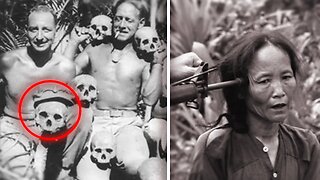 19:31
19:31
A Day In History
1 year ago $0.15 earnedBIGGEST American War Crime Cover-Up Of The Vietnam War (Warning* Mature Audiences Only)
6771 -
 1:42:17
1:42:17
The Quartering
5 hours agoHillary Clinton FINALLY BUSTED, Nancy Pelosi MELTDOWN, Kamala Harris Admits Defeat & More
116K76 -
 3:10:42
3:10:42
Barry Cunningham
10 hours agoMUST SEE: KAROLINE LEAVITT HOSTS WHITE HOUSE PRESS CONFERENCE ( AND MORE NEWS)
57.6K30 -
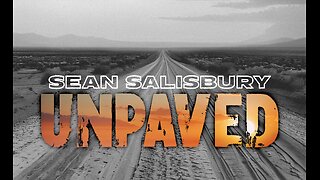 53:03
53:03
Sean Unpaved
6 hours agoSchlereth Unplugged: 3x Champ Talks TV, Football, & 2025 Season Expectations
42.7K1 -
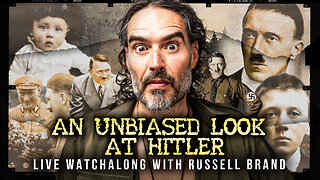 1:03:28
1:03:28
Russell Brand
6 hours agoCan You Really Take an Unbiased Look at Hitler? - SF624
151K143 -
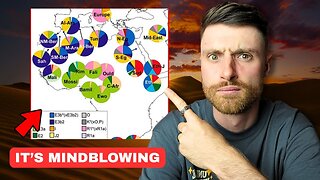 12:39
12:39
Michael Button
8 hours ago $2.07 earnedAn Entire Civilization Might Be Buried Under the Sahara
33.3K12 -
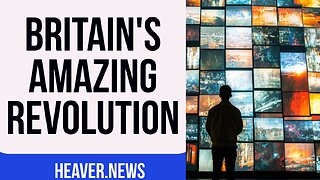 4:38
4:38
Michael Heaver
14 hours agoShifting UK Triggers Rapid REVOLUTION
28.3K3 -
 58:53
58:53
The White House
6 hours agoPress Secretary Karoline Leavitt Briefs Members of the Media, July 31, 2025
45.3K47 -
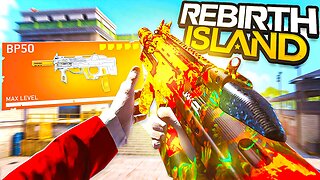 5:48:07
5:48:07
JuicyJohns
10 hours ago $3.48 earned🟢#1 REBIRTH PLAYER 10.2+ KD🟢$500 GIVEAWAY SATURDAY!
88.8K6 -
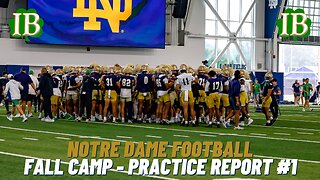 2:08:15
2:08:15
IrishBreakdown
5 hours agoNotre Dame Fall Camp Practice Report
27.7K1